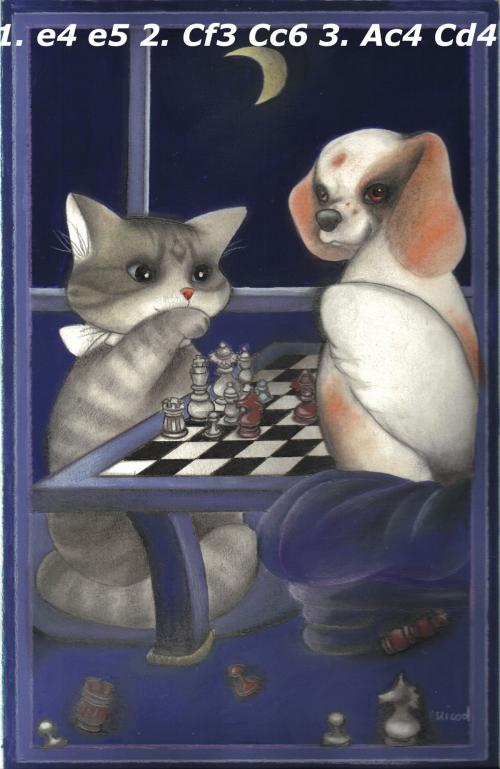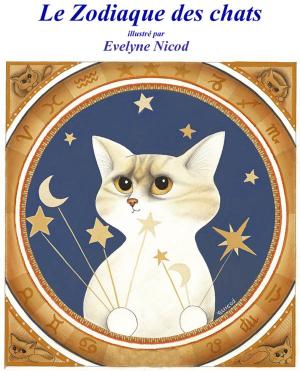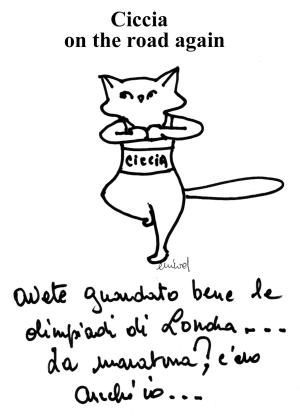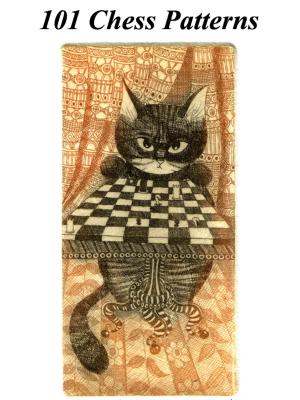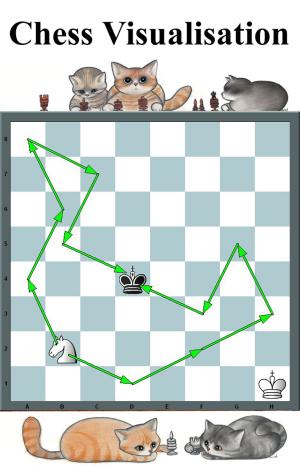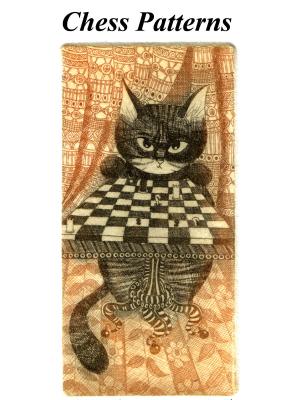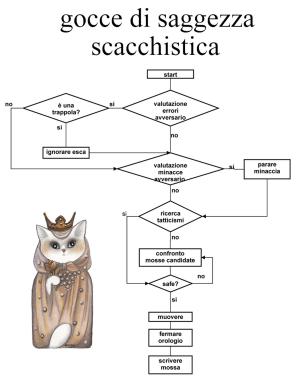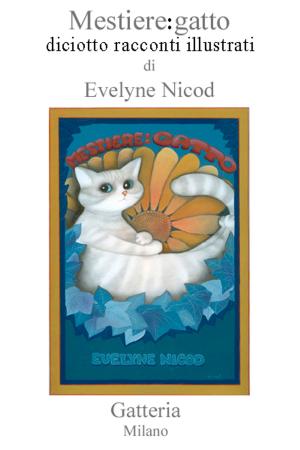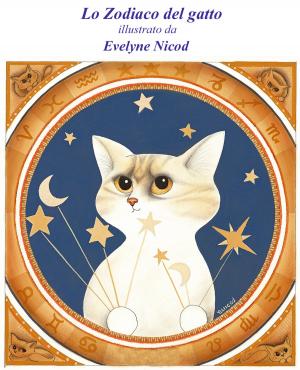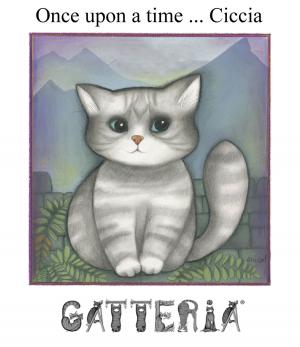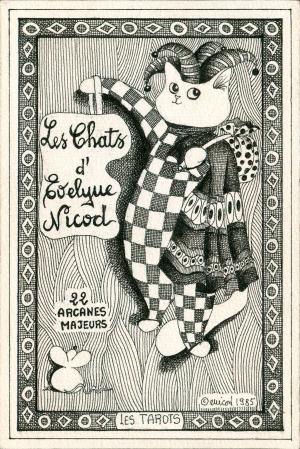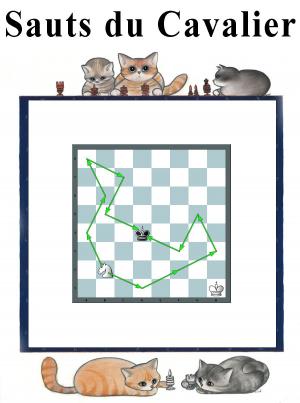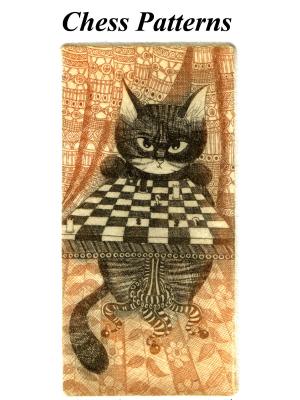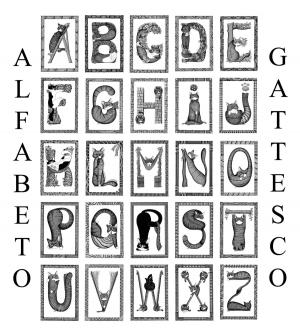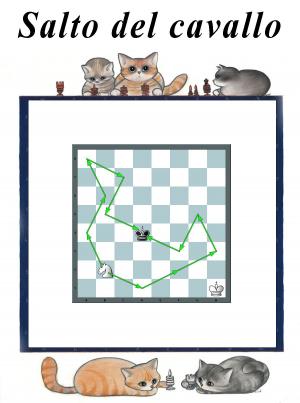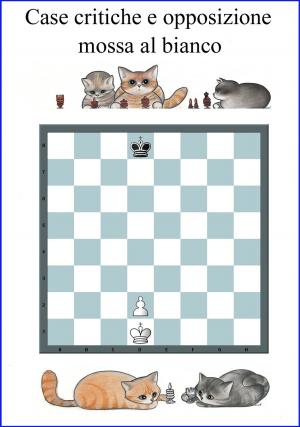Blackburne Chess Trap
una trappola di scacchi facile e micidiale
Nonfiction, Entertainment, Games, Chess, Board games| Author: | Rodolfo Pardi, Evelyne Nicod | ISBN: | 1230000036945 |
| Publisher: | Gatteria | Publication: | December 2, 2012 |
| Imprint: | Gatteria | Language: | Italian |
| Author: | Rodolfo Pardi, Evelyne Nicod |
| ISBN: | 1230000036945 |
| Publisher: | Gatteria |
| Publication: | December 2, 2012 |
| Imprint: | Gatteria |
| Language: | Italian |
** notazione con figurine **
- e4 e5 2.Cf3 Cc6 3. Ac4 Cd4!?
prendere o non prendere e5? questo è il dilemma. Voi cosa fareste?
L'universo scacchistico comprende in questo momento almeno 500 Gbytes di libri in formato PDF, di innumerevoli fortissimi programmi di gioco, di centinaia di filmati di istruzione, degli stessi libri di cui sopra in formato Chessbase, un mare nel quale il giocatore che voglia istruirsi può perdersi.
Una vasta scelta di libri sulle trappole, propongono ognuno qualche centinaio di sequenze, e alla fine della lettura forse ne ricorderete le tre o quattro che hanno colpito la vostra immaginazione; e durante la partita ricorderete che in posizione analoga esiste una sequenza vincente, ma non la ricordate.
Come entrando in un grande museo, alla fine della visita avrete la mente confusa, e forse ricorderete due o tre capolavori.
Invece di proporvi qualche centinaio di trappole, in molte aperture diverse, ne illustrerò completamente una, abbastanza sconosciuta, che ha mietuto e miete molte vittime, fino ai Maestri. Che tuttavia riescono (loro) a vincere anche dopo la perdita secca di un pezzo. Perciò questa monografia include anche la refutazione del gambetto, sconosciuta al Vainstein, che sconsigliava al Bianco la cattura del pedone: da fare però solo se siete giocatori veramente forti.
Normalmente però la partita finisce in 7 mosse. Personalmente gli sono debitore.
Questa trappola è detta "gambetto Blackburne Shilling" e prende il nome dal giocatore professionista Joseph Blackburne (1841-1924), che giocava per uno scellino (vecchia moneta inglese) a partita, come 30 anni fa a New York si giocava per un dollaro a partita. Soprannominato BlackDeath (la Morte Nera), giocò nella sua vita 100.000 partite.
Detto anche Kostic Gambit, dal GM Borislav Kostic, che lo giocava all'inizio del '900. Menzionato per la prima volta da Steinitz nel 1895.
Il codice ECO è C50, partita Italiana, che può condurre anche al violento Fegatello.
Questa monografia è mirata a giocatori fino alla 2N. E per stimolare l'apprendimento, qualche volta, prima di un salto pagina, vi verrà chiesto come muovereste voi.
Ogni fase critica, illustrata dallo specifico diagramma, è commentata.
Questa monografia è predisposta per il giocatore col nero, e quindi i diagrammi sono visti lato nero (cosa rarissima), per facilitarne la comprensione e la memorizzazione.
Buona lettura e buone partite.
Rodolfo Pardi, Istruttore FSI
******************* Information for English speaking readers: ***********
This book is written in Italian, but there are plenty of diagrams, concerning variations of the Blackburne Shilling Gambit, named after the famous player Blackburne (nicknamed BlackDeath), which used to play amateurs for a Shilling (an old English coin) a game. It's reported he played 100 thousands games. First mentioned by Steinitz in 1895.
Not a gambit really, but a trap, full of tactics. To be understood and stored in your mind, therefore the comments are helpful but not strictly necessary.
ECO code is C50, Italian game, this variant avoids the dreadful Fried liver, and can be fun if you mate your opponent in 7 moves, which happens frequently.
Sorry , it's in Italian, anyway better understood than the Russian Vainstein, which covers only a few variants, difficult to find and to read.
The target is players up to 1700 ELO. The notation is with figurines.
It's written for Black, and accordingly the diagrams are seen from his side, which is unique if not rare.
As a bonus, you will find the refutation of the gambit, played by Masters which enter voluntarily the Gambit, when White. It was unknown to Vainstein, which suggested never to capture the Pawn.
Please leave a comment if it has been helpful.
Should you find something difficult to understand, you will find my name on Facebook, and on many other websites, write me and feel free to ask Personally, I owe much to this Gambit.
** notazione con figurine **
- e4 e5 2.Cf3 Cc6 3. Ac4 Cd4!?
prendere o non prendere e5? questo è il dilemma. Voi cosa fareste?
L'universo scacchistico comprende in questo momento almeno 500 Gbytes di libri in formato PDF, di innumerevoli fortissimi programmi di gioco, di centinaia di filmati di istruzione, degli stessi libri di cui sopra in formato Chessbase, un mare nel quale il giocatore che voglia istruirsi può perdersi.
Una vasta scelta di libri sulle trappole, propongono ognuno qualche centinaio di sequenze, e alla fine della lettura forse ne ricorderete le tre o quattro che hanno colpito la vostra immaginazione; e durante la partita ricorderete che in posizione analoga esiste una sequenza vincente, ma non la ricordate.
Come entrando in un grande museo, alla fine della visita avrete la mente confusa, e forse ricorderete due o tre capolavori.
Invece di proporvi qualche centinaio di trappole, in molte aperture diverse, ne illustrerò completamente una, abbastanza sconosciuta, che ha mietuto e miete molte vittime, fino ai Maestri. Che tuttavia riescono (loro) a vincere anche dopo la perdita secca di un pezzo. Perciò questa monografia include anche la refutazione del gambetto, sconosciuta al Vainstein, che sconsigliava al Bianco la cattura del pedone: da fare però solo se siete giocatori veramente forti.
Normalmente però la partita finisce in 7 mosse. Personalmente gli sono debitore.
Questa trappola è detta "gambetto Blackburne Shilling" e prende il nome dal giocatore professionista Joseph Blackburne (1841-1924), che giocava per uno scellino (vecchia moneta inglese) a partita, come 30 anni fa a New York si giocava per un dollaro a partita. Soprannominato BlackDeath (la Morte Nera), giocò nella sua vita 100.000 partite.
Detto anche Kostic Gambit, dal GM Borislav Kostic, che lo giocava all'inizio del '900. Menzionato per la prima volta da Steinitz nel 1895.
Il codice ECO è C50, partita Italiana, che può condurre anche al violento Fegatello.
Questa monografia è mirata a giocatori fino alla 2N. E per stimolare l'apprendimento, qualche volta, prima di un salto pagina, vi verrà chiesto come muovereste voi.
Ogni fase critica, illustrata dallo specifico diagramma, è commentata.
Questa monografia è predisposta per il giocatore col nero, e quindi i diagrammi sono visti lato nero (cosa rarissima), per facilitarne la comprensione e la memorizzazione.
Buona lettura e buone partite.
Rodolfo Pardi, Istruttore FSI
******************* Information for English speaking readers: ***********
This book is written in Italian, but there are plenty of diagrams, concerning variations of the Blackburne Shilling Gambit, named after the famous player Blackburne (nicknamed BlackDeath), which used to play amateurs for a Shilling (an old English coin) a game. It's reported he played 100 thousands games. First mentioned by Steinitz in 1895.
Not a gambit really, but a trap, full of tactics. To be understood and stored in your mind, therefore the comments are helpful but not strictly necessary.
ECO code is C50, Italian game, this variant avoids the dreadful Fried liver, and can be fun if you mate your opponent in 7 moves, which happens frequently.
Sorry , it's in Italian, anyway better understood than the Russian Vainstein, which covers only a few variants, difficult to find and to read.
The target is players up to 1700 ELO. The notation is with figurines.
It's written for Black, and accordingly the diagrams are seen from his side, which is unique if not rare.
As a bonus, you will find the refutation of the gambit, played by Masters which enter voluntarily the Gambit, when White. It was unknown to Vainstein, which suggested never to capture the Pawn.
Please leave a comment if it has been helpful.
Should you find something difficult to understand, you will find my name on Facebook, and on many other websites, write me and feel free to ask Personally, I owe much to this Gambit.
